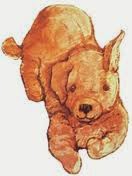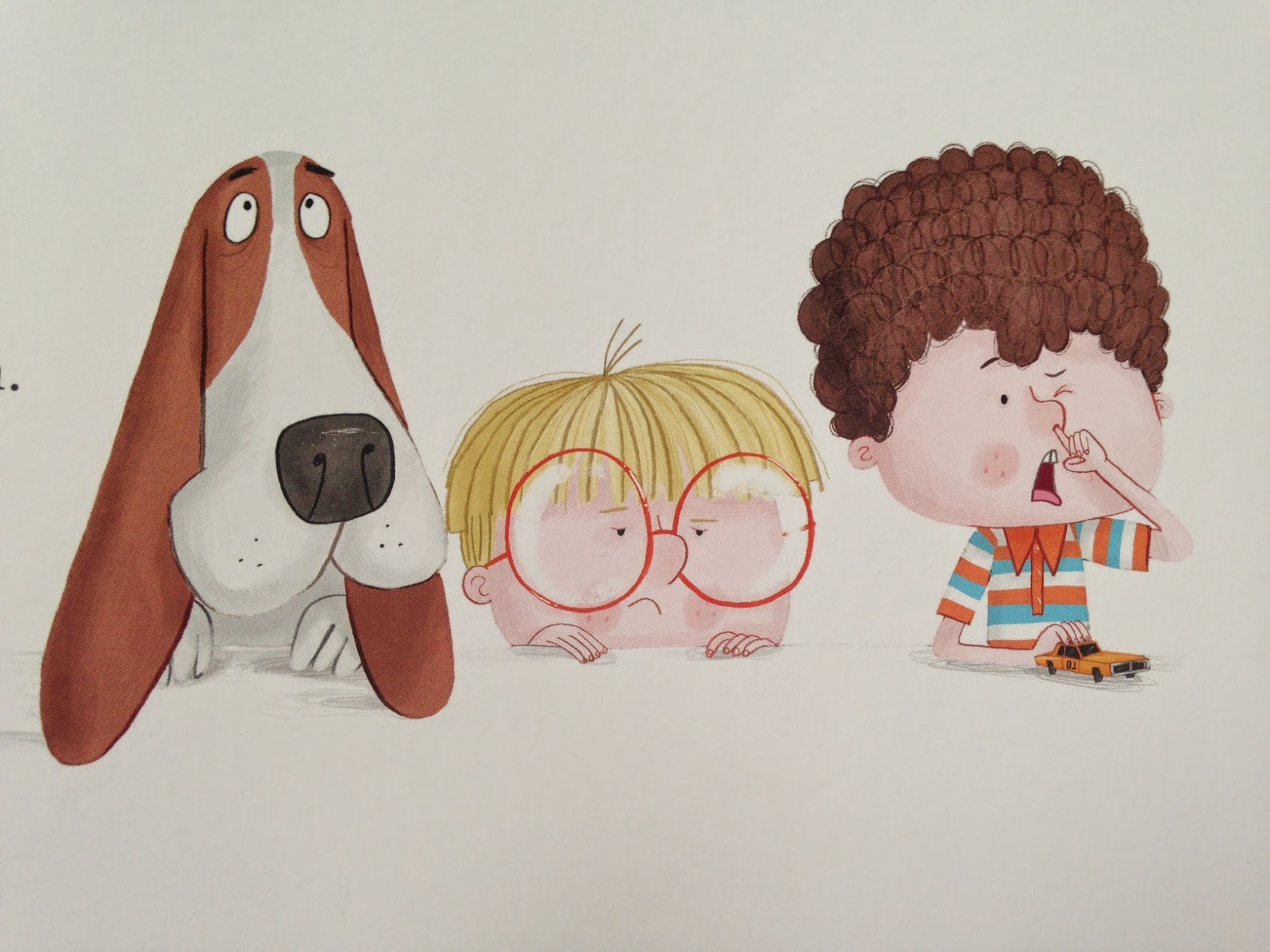I’ve been rootling through my
picture book collection and come up with twenty seven questions to provoke and perplex you. Some are easy; some are, hopefully, stinkers. A prize for whoever gets the most right. (The prize is me saying WELL DONE YOU!)
Put your answers in the
comments section and I shall reply with how many are correct. I won’t say which ones, or that’ll make it
too easy for the people coming after.
But as the number rises, feel free to keep trying till we get as close to twenty seven as
possible. Have fun!
1.Who am I, and what are my two grannies called?
2. Name Fungus the
Bogeyman’s wife and son.
3. Who did the Tiger
come to have tea with?
4. Who's this handsome man?
5. What’s hidden in each
picture of Masquerade?
6. What two colours does
Wally always wear?
7. And who do we have here?
8. What's the sweetshop called in The Giraffe and the Pelly and Me?
9. Where did Yertle the
Turtle live?
10. Name Olivia’s little
brother, who's always copying her.
11. Who's this Little White
Rabbit with Wings?
12. Who does Handa go to
visit?
13. What is the Paper Bag
Princess's real name?
14. What did someone dream
up to stop cavemen looking rude?
15. Who falls through the
dark and into the light of the night kitchen?
16. By what name is Prince Amir
of Kinjan better known?
17. How did Rabbit save a
little bit of winter for Hedgehog?
18. Name Orlando's three kittens.
19. How did Bella get Dogger back?
20. In what village did The
Little Train and The Little Fire Engine live?
21. What did Big Mamma say
when she made the world?
22. Name Captain
Slaughterboard’s pirate ship?
23. Who is this car? And what's its more formal name?
24. Green Frog, Green Frog,
what do you see?
25. What should you not do
if you want to walk in peace on a Summery Saturday Morning?
26. How does Big Bear
eventually get Little Bear to sleep?
27. and finally... what are the only two
words other than HUG?

































